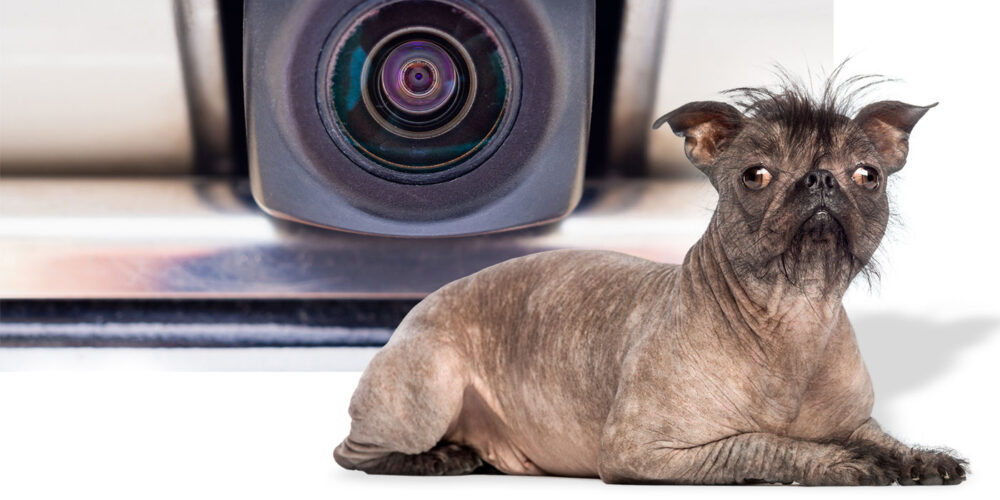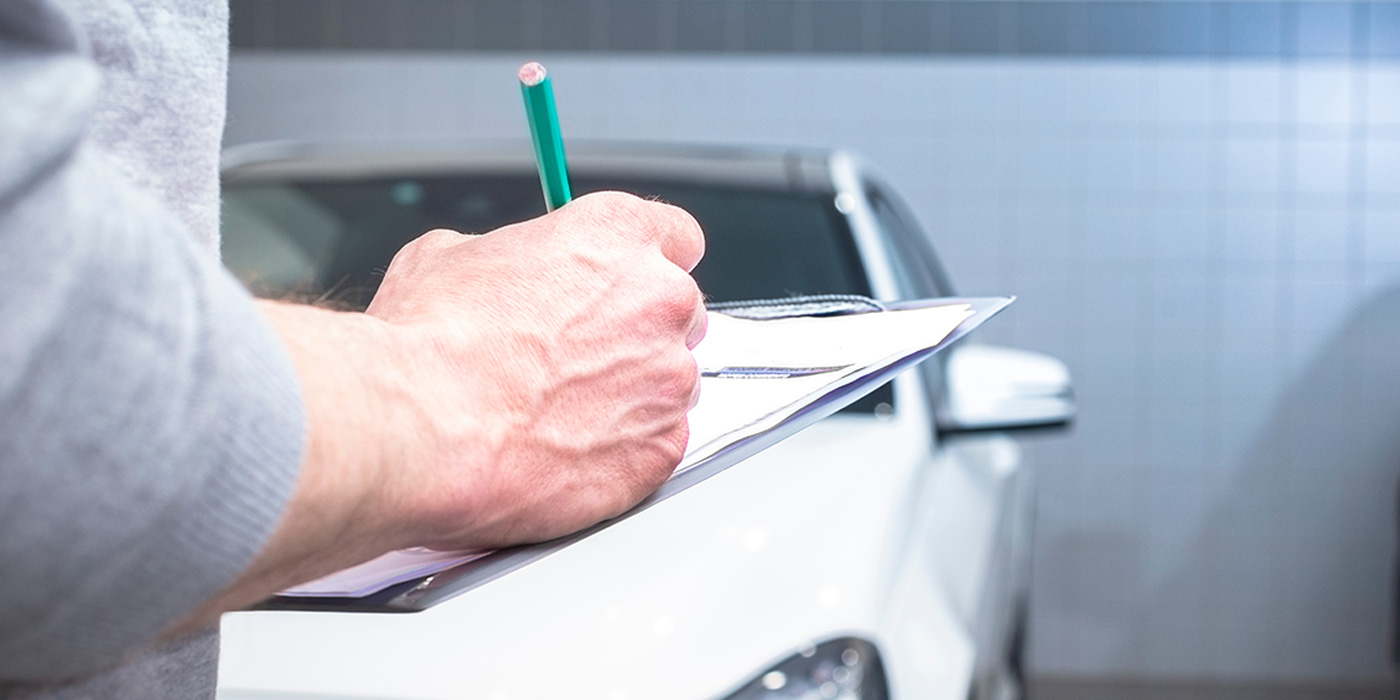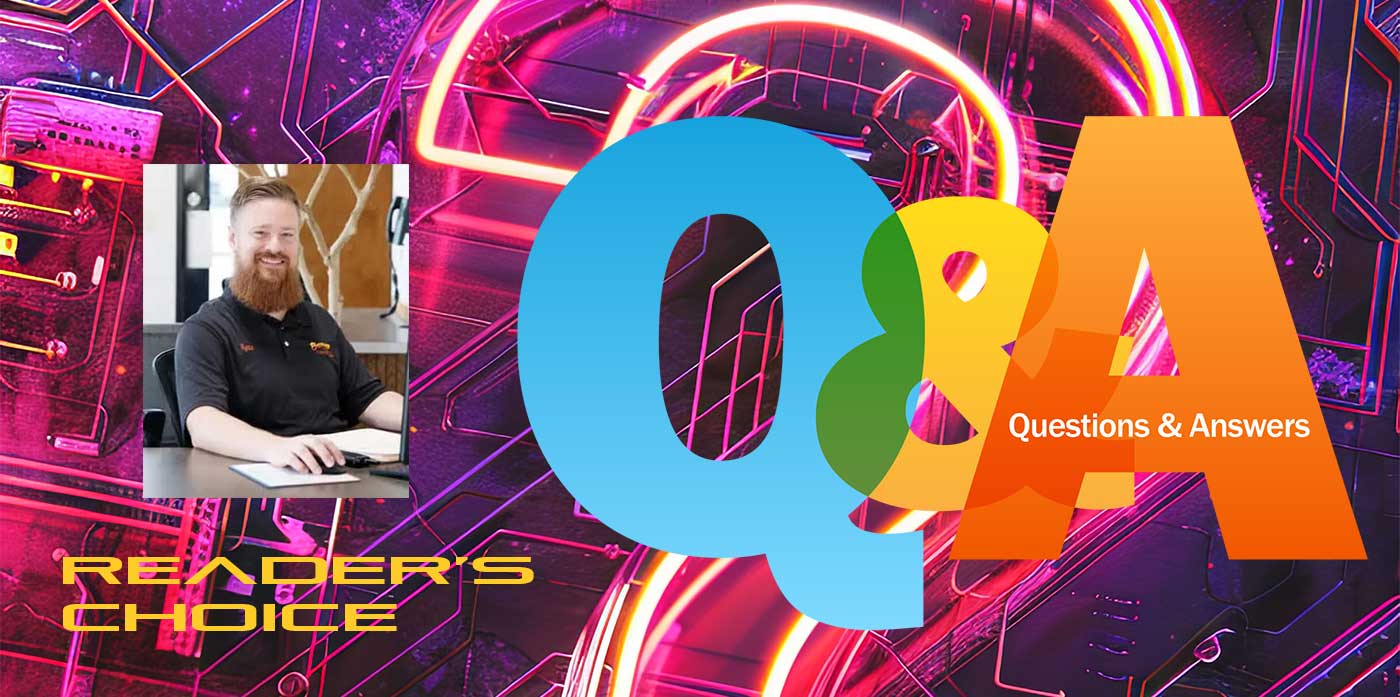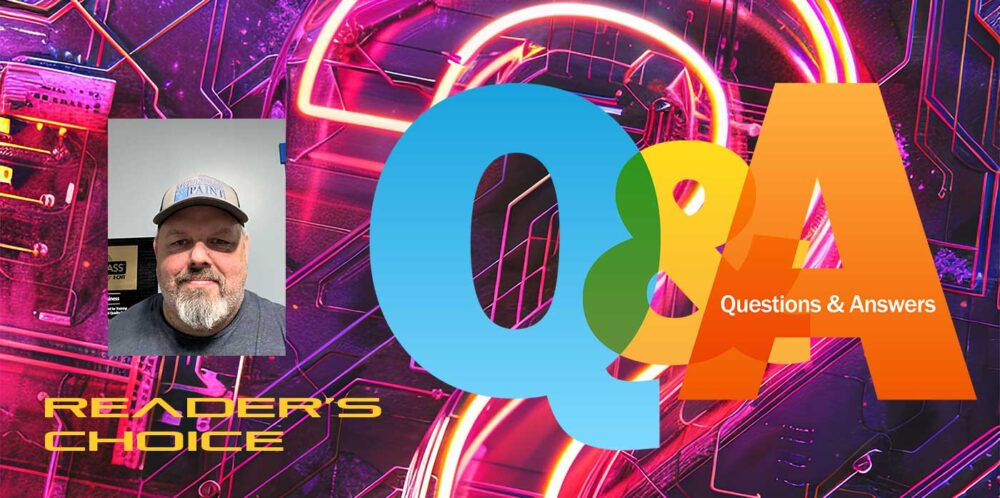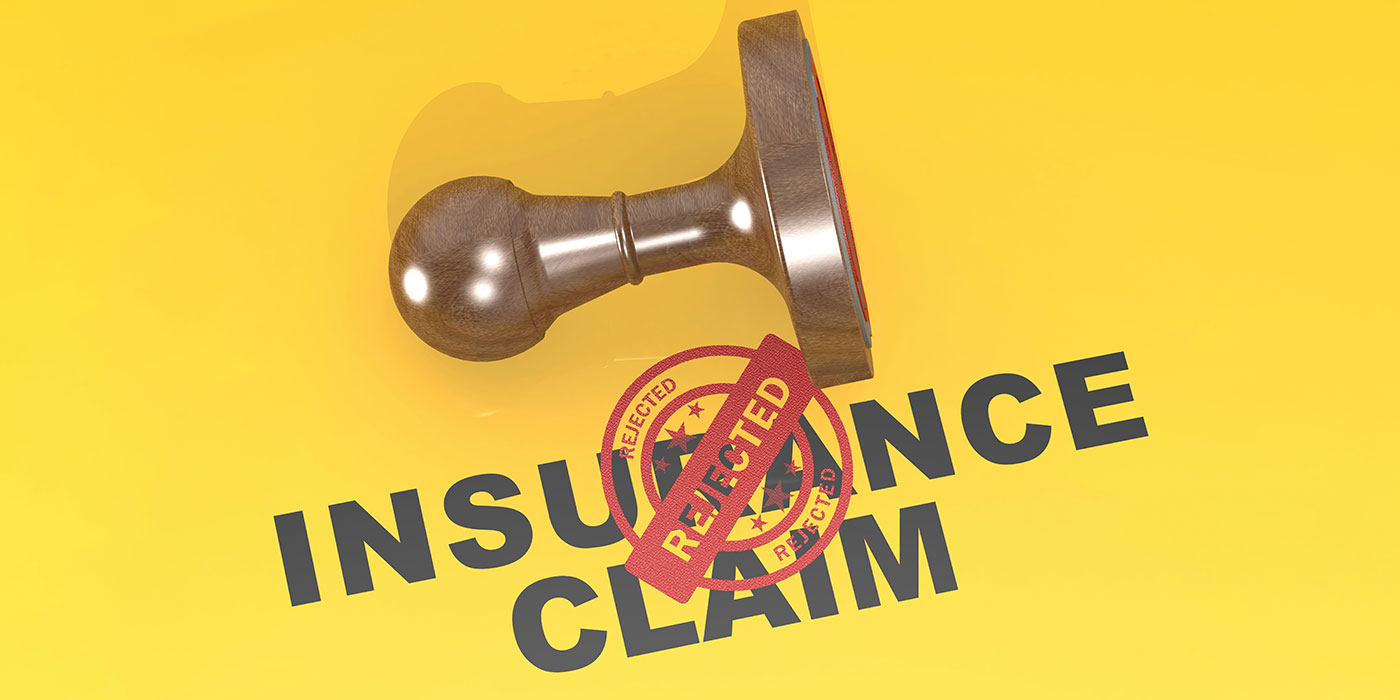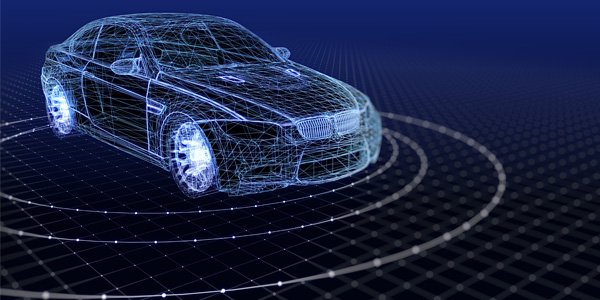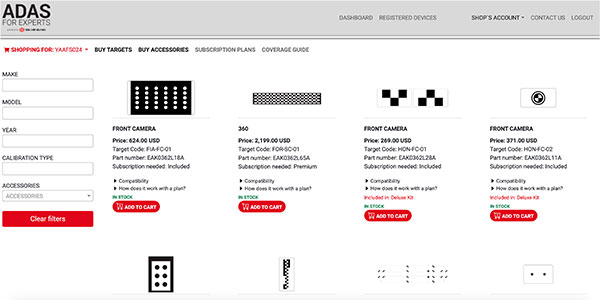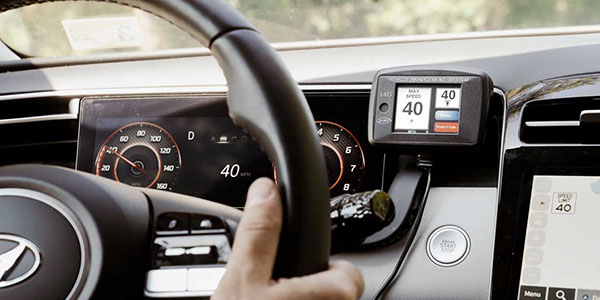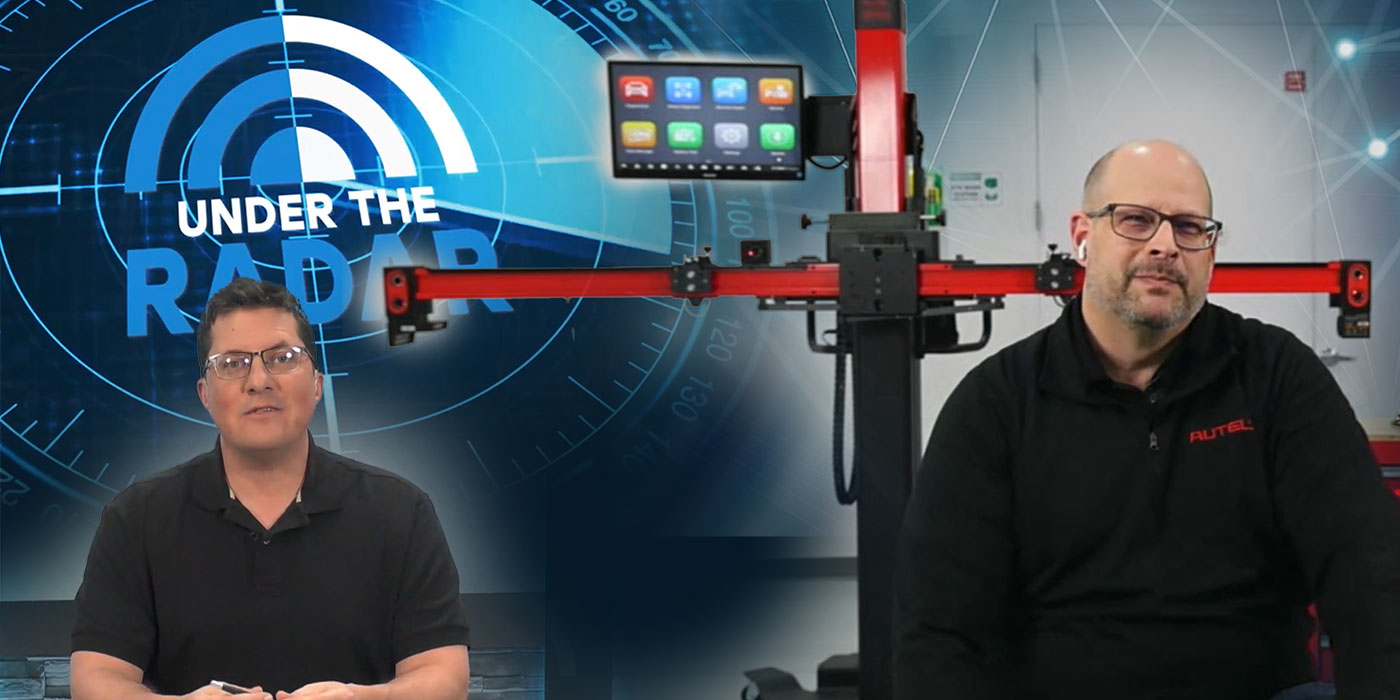The technological advances in vehicles have been ongoing, even before Mary Anderson invented the windshield wiper in 1903.
In the continuing evolution of the automobile, technological advancements, such as advanced driver-assistance systems (ADAS), will continue to be developed and become even more advanced. This is due to manufacturers’ desires to be the first to offer new products and features to attract new buyers, retain existing customers, and improve and enhance driver safety as well as convenience.
Many of the systems (blind spot detection, backup cameras, collision alerts, lane departure, etc.) are born from governmental mandates for improved safety and collision reduction. Of course, we know these are the precursors of fully autonomous (hands-free) vehicles, which will include automobiles and trucks, including large semis.
The Ugly Truth
For some, the ugly truth about ADAS is that it is here to stay.
Safety and convenience technologies will continue to advance. Repairers will need to either embrace them and take advantage of the opportunities they offer or get into another line of business — just as many did when unibody structures started being mass-produced in the 1960s and ‘70s. Some may recall when MIG welding replaced oxyacetylene, the “pull dozer” was retired, and sizable investments in three-dimensional measuring systems and state-of-the-art frame racks and benches as well as necessary components (e.g. jigs) were required for proper repairs.
The OEMs’ race to be first and best will continue, and those who provide repair, replacement and maintenance for late-model vehicles will benefit. Others who refuse to grow with the industry will expose themselves to serious liabilities and resulting lawsuits for improper and/or negligent repairs — and likely be forced out of business.
A Correct Repair
A correct repair begins with a comprehensive repair plan — which starts with thoroughly inspecting the damaged vehicle and identifying sustained damage. This may first require dismantling portions of the vehicle to ascertain the full extent of the damage through both visual and thorough measurement. As an inspection is performed, researching the OEM repair recommendations is necessary and required to determine the various procedures recommended for a proper and liability-free repair. This includes learning what systems may have been affected and what needs to be inspected, tested and performed (e.g. calibrations) to ensure all affected systems are restored to proper operation.
A Recent Purchase
I recently purchased a new vehicle for my wife, and it has all the bells and whistles, including but not limited to a 360 backup camera, adaptive cruise control, blind spot information system (BLIS) with cross traffic alert assist, forward collision warning, autonomous emergency braking (AEB), lanekeeping assist (LKA), auto high beam headlamps and more.
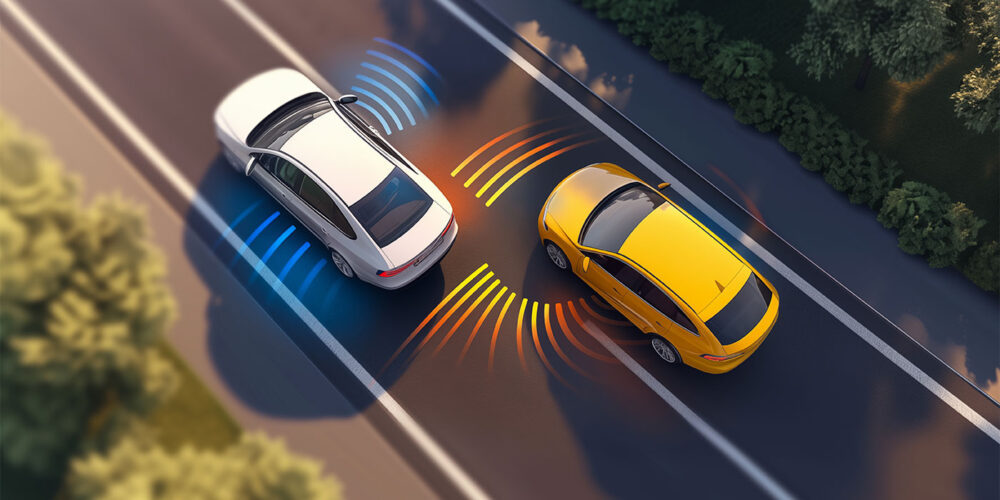
Having little to no prior experience with these features, in a relatively short period of time, my wife has become reliant on several, including the cross-traffic alert when backing up and the blind-spot detection while on the highway. I asked her the other day how she would feel if her vehicle had been in a crash and, knowing what she knows about the many levels of collision repair quality (due to being married to a quality collision center owner and consumer advocate), would she be concerned about whether the various systems would work properly after the repair? She admitted that she would indeed be concerned. Of course, consumers who don’t have the knowledge she has would likely have little concern since they simply don’t know what they don’t know. This is why quality-conscious repairers need to inform and educate their customers on what is necessary to not only restore their damaged vehicles but also their peace of mind.
Crucial to All
Full restoration of a damaged vehicle is desirable and often anticipated. However, full and proper restoration of the dynamic systems is crucial to all concerned, including others on the roadway. The more we rely on such technology, the greater the opportunities for errors and complacency. We may see operators of automotive repair-related services (auto technicians, collision repairers, auto glass replacement services, etc.) become subject to arrest for their willful or intentional disregard of readily available and prudent standards of performance or improper conduct that results in an injury or death to a person and/or avoidable property damage.
Oftentimes, some insurers will attempt to deny or underpay for OEM-recommended repair procedures, including pre- and post-repair scans and calibrations. It’s important for repairers to do the necessary research and write full and complete repair plans. It’s equally important to go over them with consumers to ensure they too understand what needs to be done and why and how it may negatively affect their safety and unrecovered value of their vehicles.
Most, if not all, people care about their safety and economic well-being, but they need to be made aware of what may be at stake and know the facts to protect themselves from improper repairs. Again, people don’t know what they don’t know. Just as doctors must explain to their patients their diagnosis, prognosis and regimen of treatment and available options, professional collision repairers need do the same with their customers to ensure they have a full and clear understanding of what’s required and why as well as any viable options they may have.
Fair Compensation
From the repairer’s perspective, quality repairers need to be fairly compensated for their efforts in serving their customers properly and effectively. This includes being compensated for their time and expense in seeking, obtaining, printing, explaining and sharing their research information with their customers and the involved insurers as may be applicable. Today, it’s not uncommon for quality repairers to have additional personnel for the sole purpose of performing the research needed to prepare comprehensive repair plans. This, of course, has created additional related costs specific to repair planning that not too long ago were unneeded.
Summary
As I’ve written before, this is no longer our fathers’ auto body repair industry. It is now the collision repair industry, and industry members must recognize the serious aspects of what it is they do and learn and make the necessary changes to conduct themselves responsibly. This begins by properly preparing repair plans and going over them with their customers before repairs commence so they not only have a full understanding of what’s needed for a proper and thorough repair but also to enable them to safeguard their family’s interests should an insurer attempt to deny full payment for needed processes, materials and parts.
Simply stated: Most consumers don’t know what they don’t know and what it is they should know, and like a medical professional, it is up to repair professionals to inform their customers what is required for a proper, thorough and warranted repair — and, if and when an issue should arise with an insurer, to look to their customers for direction on how they wish to have their vehicles repaired.

